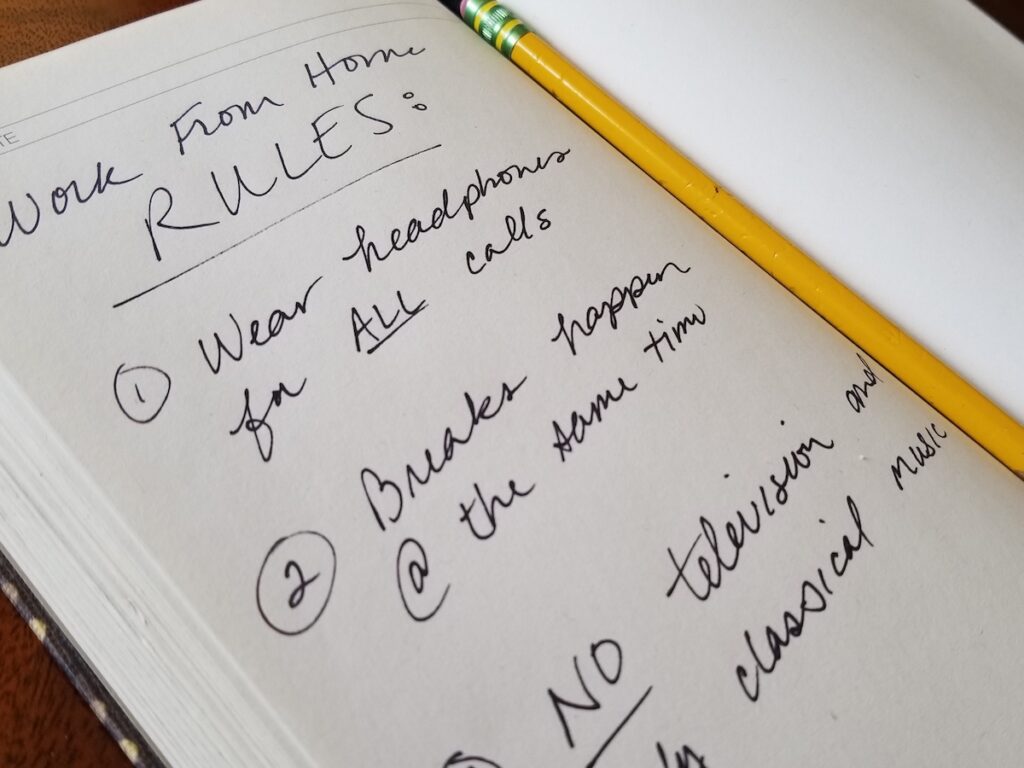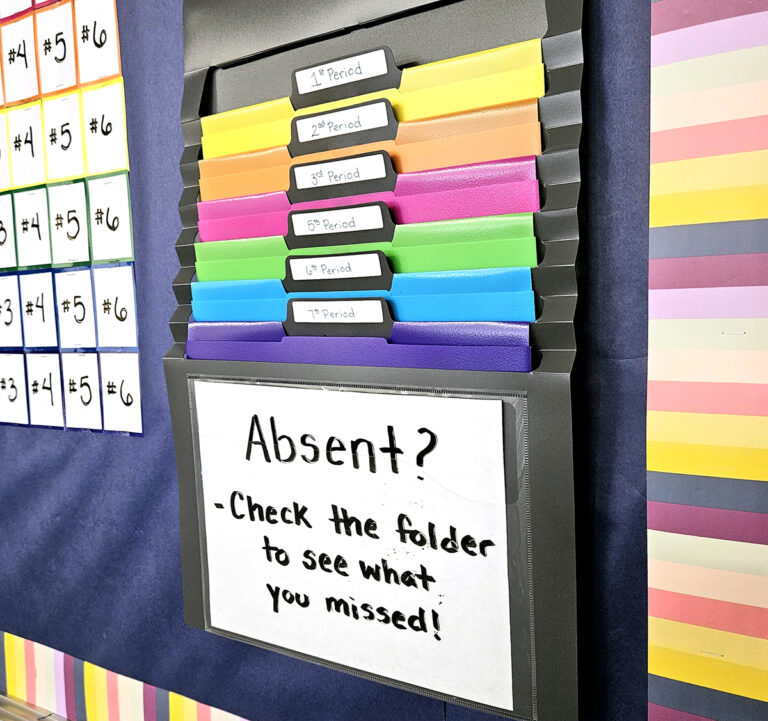Art Education and the Coronavirus (COVID-19)
Working from home used to be a dream. You were jealous of your friends who lived this life of leisure, and would scoff when they would talk about the challenges. After all, how challenging can it be when there is no bell schedule that dictates your ability to use the restroom, and you can also wear whatever you want? Well, everything has changed rapidly, and educators are joining the work-from-home community by facilitating remote learning. What you might discover, however, is that working from home is not as glorious as you originally perceived.
10 tried and tested working from home tips:
1. Starting your day:

Begin each day with the same routine and proceed as if you were still going into school. Whatever you used to do before school, like exercising and showering, should still happen. The most important part is having a specific time that work begins and not starting any earlier. Separating work time from home time is very important and is a common theme throughout the day.
2. Maintaining focus:

Throughout the morning, it’s easy to get pulled in other directions. You might be tempted to check one of your favorite websites or quickly throw in that load of laundry. Schedule break times during the day and hold off on these distractions until then.
3. Lunch:

This time is no longer for multi-tasking as much as possible. Lunch is now a defined time to hit the pause button on your work and take a break. Close your computer, shut down your work phone, and disconnect from work. You need a mental break.
4. Managing children:
Working from home and managing your children can be extremely challenging, especially if you’re trying to facilitate their own learning activities. Having clear rules and expectations can help your children understand when you’re at work and when you’re available to them. Try to include a visual cue to help younger children make sense of it all.
Want more tips? Learn more here.
5. Media Overload:
Manage how much you’re trying to consume. When you’re working, avoid trying to watch a TV show or even having it on. Similarly, avoid social media and disable your notifications. Constantly shifting your focus disrupts your work and impacts your productivity.
6. Get outside:

Working from home can be isolating, and you’ll start to realize how going to the main office and copy room used to add some variety and physical movement to your day. Use your break time or lunch for a quick walk around the block. The fresh air and change of scenery can refresh your mind and soul and help you finish the day productively.
7. Ending your day:
Finishing work each day can be challenging when the work isn’t finished. It’s easy to just keep working, especially if you have nothing else planned to do. But just like you started your day, plan to end your day at a specific time and with a specific routine. Do something to signal to your mind and body the workday has ended. This could include cleaning up your materials, putting your computer away, leaving your home, ringing a bell, etc.
8. Managing your work:

Find a way to schedule and manage your work. You could use software like ASANA, a whiteboard, planner, or a schedule to remind yourself of what needs to be accomplished and to help you stay committed to the task at hand.
9. Create a workspace:

Having an identified workspace is helpful in separating work and home life. The physical space creates a clear line between responsibilities and focus and dictates if you’re “at work” or “at home.” Stay disciplined and do your work in your workspace and personal work in the rest of your home. Having an office at home is great, but this option isn’t always available. You could create a temporary workspace with a table, chair, and office materials. If that’s not possible, consider a setup in your home that can be put away each day.
10. Sharing your space:

Your working from home situation might be more complicated when you add roommates, partners, and/or children. Responding to emails, being on video chats, and making phone calls can be challenging when you’re sharing spaces and in close proximity. Strong communication and compromise are key. Be proactive and start by making a plan with those involved to make it work. Try dividing spaces in your home or identify a space to go if you need to make a call. Other rules could include a schedule, music/tv volume, eating, etc.
Working from home has many benefits, but the blurred line between work and home life can be challenging. If you aren’t careful, the work might never stop and that’s not a healthy and sustainable approach. Being successful working from home is a steep learning curve as you likely weren’t given a whole lot of time to prepare. Keep trying different routines with the ideas above until you find something that works for you. Your level of happiness with your new reality will have an impact on how you interact with your students and those in your home. Be sure to take care of yourself so you can better care for others.
What other tips can you share about working from home?
What apps are helpful for time management or to-do lists?
Magazine articles and podcasts are opinions of professional education contributors and do not necessarily represent the position of the Art of Education University (AOEU) or its academic offerings. Contributors use terms in the way they are most often talked about in the scope of their educational experiences.





